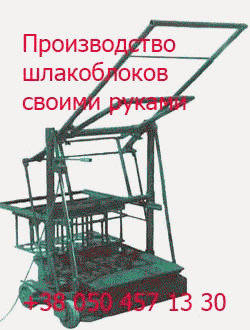Mie applied the Maxwell equations to a model in which a plane wave front meets an optically isotropic sphere with refractive index n and absorption index к [1.33-1.36]. Integration gives the values of the absorption cross section Qa and the scattering cross section Qs; these dimensionless numbers relate the proportion of absorption and scattering to […]
Архивы рубрики ‘Industrial Inorganic Pigments’
Multiple Scattering
 27 августа, 2015
27 августа, 2015  Pokraskin
Pokraskin The absorption coefficient K obeys Beer’s law, even at high pigment volume concentrations o, and is therefore proportional to a (Figure 1.7). The relationship between the scattering coefficient S and the concentration gives rise to problems, however. The distance between the pigment particles decreases with increasing concentration; consequently there is interaction and hindrance between the […]
Kubelka-Munk Theory
 27 августа, 2015
27 августа, 2015  Pokraskin
Pokraskin The Kubelka-Munk theory [1.25, 1.27, 1.28] is based on the fact that the optical properties of a film which absorbs and scatters light may be described by two constants: the absorption coefficient K and the scattering coefficient S. In a simplification, the flux of the diffuse incident light is represented by a single beam L+, […]
Colorimetry [1.23-1.25]
 25 августа, 2015
25 августа, 2015  Pokraskin
Pokraskin The principles of colorimetry are based on the fact that all color stimuli can be simulated by additively mixing only three selected color stimuli (trichromatic principle). A color stimulus can, however, also be produced by mixing the spectral colors. Thus, it has a spectral distribution, which in the case of nonluminous, perceived colors is Fig. […]
Color Properties
 25 августа, 2015
25 августа, 2015  Pokraskin
Pokraskin 1.3.1 Fundamental Aspects [1.18-1.22] When a photon enters a pigmented film, one of three events may occur: 1. It may be absorbed by a pigment particle 2. It may be scattered by a pigment particle 3. It may simply pass through the film (the binder being assumed to be nonabsorbent) The important physical-optical properties of […]
Hardness and Abrasiveness
 25 августа, 2015
25 августа, 2015  Pokraskin
Pokraskin The abrasiveness of a pigment is not identical to its intrinsic hardness, i. e., the hardness of its primary particles. In practice the Mohs hardness is therefore not a useful indication of the abrasiveness of a pigment. Abrasion rather depends on pigment particle size and shape and is usually caused by the sharp edges of […]
Pigment Density
 25 августа, 2015
25 августа, 2015  Pokraskin
Pokraskin Density is determined by pyknometry at a standard temperature of 25°C. For standards, see Table 1.1 (“Density”). Apparatus: pyknometer, vacuum pump or centrifuge. The apparent density of a powdered or granulated material after tamping is the mass (g) of 1 cm3 of the material after tamping in a tamping volumeter under prescribed conditions. The tamped […]
Particle Size Distribution
 24 августа, 2015
24 августа, 2015  Pokraskin
Pokraskin The particle sizes relevant for inorganic pigments stretch between several tens of nanometers for transparent pigment types to approximately two micrometers. For practical applications it is very desirable to determine not only the mean particle size but also the whole distribution. These parameters must not be confused with the crystal size determined by X-ray diffraction, […]
Aqueous Extracts
 24 августа, 2015
24 августа, 2015  Pokraskin
Pokraskin The content of matter soluble in water in pigments is determined by hot or cold extraction of the pigments under prescribed testing conditions. For standards, see Table 1.1 (“Matter soluble in water”). The decision whether to use hot or cold extraction depends on the properties of the pigment and should be agreed between the interested […]
Matter Volatile and Loss on Ignition
 23 августа, 2015
23 августа, 2015  Pokraskin
Pokraskin The content of matter volatile in a pigment is determined by drying a sample in an oven at 105 ± 2 °C. This normally gives a measure of the moisture content. For standards, see Table 1.1 (“Matter volatile”). Loss on ignition is determined by various means, depending on the pigment. The principle is the same […]
 Опубликовано в рубрике
Опубликовано в рубрике 
